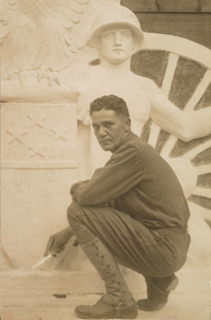 W
WRobert Ingersoll Aitken was an American sculptor. Perhaps his most famous work is the West Pediment of the United States Supreme Court building.
 W
WJoseph Alexis Bailly was an American sculptor who spent most of his career in Philadelphia, Pennsylvania. He taught briefly at the Pennsylvania Academy of the Fine Arts, which has a collection of his sculpture. His most famous work is the statue of George Washington in front of Independence Hall.
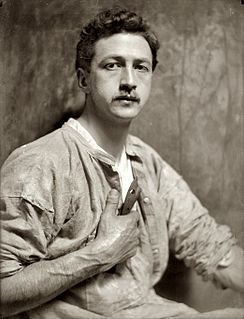 W
WChester A. Beach was an American sculptor who was known for his busts and medallic art.
 W
WJohn Gutzon de la Mothe Borglum was an American sculptor best known for his work on Mount Rushmore. He is also associated with various other public works of art across the U.S., including Stone Mountain in Georgia, the statue of Union General Philip Sheridan in Washington, D.C., as well as a bust of Abraham Lincoln which was exhibited in the White House by Theodore Roosevelt and which is now held in the United States Capitol crypt in Washington, D.C.
 W
WVictor David Brenner was a Litvak-American sculptor, engraver, and medalist known primarily as the designer of the United States Lincoln Cent.
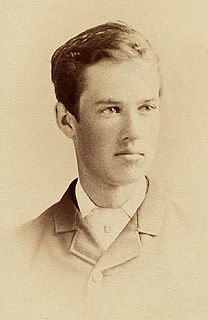 W
WCyrus Edwin Dallin was an American sculptor best known for his depictions of Native Americans. He created more than 260 works, including the equestrian statue of Paul Revere in Boston, Massachusetts; the Angel Moroni atop Salt Lake Temple in Salt Lake City, Utah; and Appeal to the Great Spirit (1908), at the Museum of Fine Arts, Boston. He was also an accomplished painter and an Olympic archer.
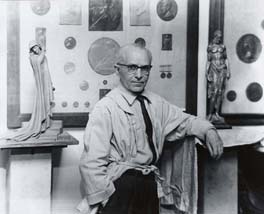 W
WAnthony (Antonio) de Francisci was an Italian-American sculptor who designed a number of United States coins and medals. His most famous design was the Peace Dollar, which was first minted in 1921.
 W
WJohn F. Flanagan was a sculptor who was widely known for his statuary and plaquettes but recognized foremost for his designs of coinage and commemorative medals. Among his best known designs are the obverse (front) and reverse of the United States quarter dollar featuring the profile of George Washington, a coin that has been in continuous circulation with some modifications since 1932.
 W
WBenjamin Franklin was an American polymath who was active as a writer, scientist, inventor, statesman, diplomat, printer, publisher and political philosopher. Among the leading intellectuals of his time, Franklin was one of the Founding Fathers of the United States, a drafter and signer of the United States Declaration of Independence, and the first United States postmaster general. As a scientist, he was a major figure in the American Enlightenment and the history of physics for his discoveries and theories regarding electricity. As an inventor, he is known for the lightning rod, bifocals, and the Franklin stove, among other inventions. He founded many civic organizations, including the Library Company, Philadelphia's first fire department, and the University of Pennsylvania. Franklin earned the title of "The First American" for his early and indefatigable campaigning for colonial unity, initially as an author and spokesman in London for several colonies. As the first United States ambassador to France, he exemplified the emerging American nation. Franklin was foundational in defining the American ethos as a marriage of the practical values of thrift, hard work, education, community spirit, self-governing institutions, and opposition to authoritarianism both political and religious, with the scientific and tolerant values of the Enlightenment. In the words of historian Henry Steele Commager, "In Franklin could be merged the virtues of Puritanism without its defects, the illumination of the Enlightenment without its heat." Franklin has been called "the most accomplished American of his age and the most influential in inventing the type of society America would become."
 W
WJames Earle Fraser was an American sculptor during the first half of the 20th century. His work is integral to many of Washington, D.C.'s most iconic structures.
 W
WJuliette May Fraser was an American painter, muralist and printmaker. She was born in Honolulu, which was then the capital city of the Kingdom of Hawaii. After graduating from Wellesley College with a degree in art, she returned to Hawaii for several years. She continued her studies with Eugene Speicher and Frank DuMond at the Art Students League of New York and at the John F. Carlson School of Landscape Painting in Woodstock, New York. She returned to Hawaii to teach, like her parents who had both come to Hawaii as educators. Fraser designed the Hawaii Sesquicentennial half dollar, which was engraved by Chester Beach and issued in 1928.
 W
WLaura Gardin Fraser was an American sculptor and the wife of sculptor James Earle Fraser.
 W
WCharles Keck was an American sculptor from New York City, New York.
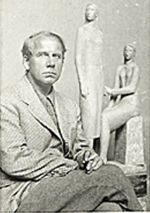 W
WHenry Kreis (1899–1963) was an American sculptor.
 W
WHermon Atkins MacNeil was an American sculptor born in Everett, Massachusetts. He is known for designing the Standing Liberty quarter, struck by the Mint from 1916-1930; and for sculpting Justice, the Guardian of Liberty on the east pediment of the United States Supreme Court building.
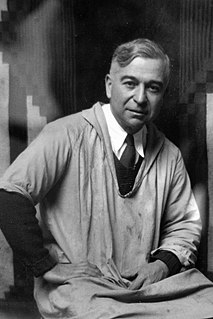 W
WJoseph Jacinto Mora was a Uruguayan-born American cowboy, photographer, artist, cartoonist, illustrator, painter, muralist, sculptor, and historian who lived with the Hopi and wrote about his experiences in California. He has been called the "Renaissance Man of the West".
 W
WBela Lyon Pratt was an American sculptor from Connecticut.
 W
WBrenda Putnam was an American sculptor, teacher and author.
 W
WAugustus Saint-Gaudens was an American sculptor of the Beaux-Arts generation who embodied the ideals of the American Renaissance. Raised in New York City, he traveled to Europe for further training and artistic study. After he returned to New York, he achieved major critical success for his monuments commemorating heroes of the American Civil War, many of which still stand. Saint-Gaudens created works such as the Robert Gould Shaw Memorial on Boston Common, Abraham Lincoln: The Man, and grand equestrian monuments to Civil War generals: General John Logan Memorial in Chicago's Grant Park and William Tecumseh Sherman at the corner of New York's Central Park. In addition, he created the popular historicist representation of The Puritan.
 W
WFelix Oscar Schlag was a German born American sculptor who was the designer of the United States five cent coin in use from 1938 to 2004.
 W
WHans K. Schuler was a German-born American sculptor and monument maker. He was the first American sculptor ever to win the Salon Gold Medal. His works are in several important museum collections, and he also created many public monuments, mostly for locations in Baltimore, Maryland and in the Washington, D.C. area. For over a quarter of a century he served as president of the Maryland Institute College of Art.
 W
WFrank Vittor was an American sculptor, known for his "preference for the heroic and colossal".
Adolph Alexander Weinman was a German-born American sculptor and architectural sculptor.
 W
WJoseph Wright, born in Bordentown, New Jersey, was a portrait painter who was affiliated with the United States Mint in the late 1700s. It is thought that either he or Henry Voigt designed the Liberty Cap Cent, although most historians and numismatists today credit the design to Wright. He also presumably designed the 1792 Quarter dollar pattern. He was George Washington's original choice for the Chief Engraver of the Mint, but he died before being inducted into the position.